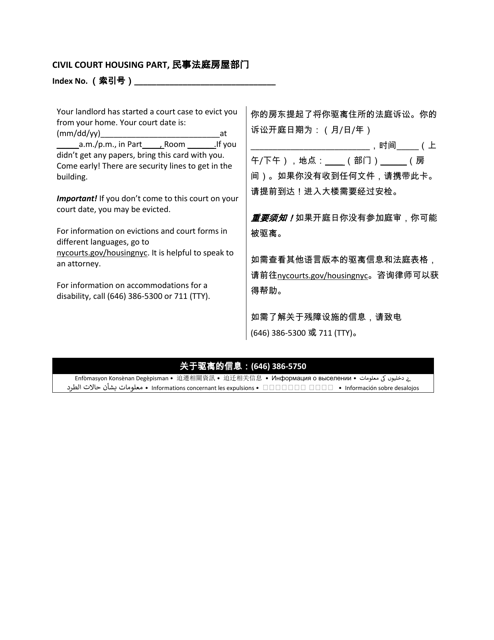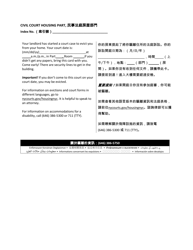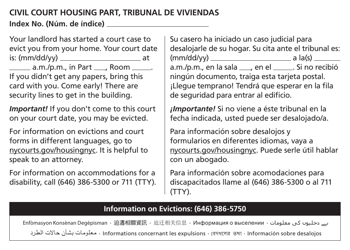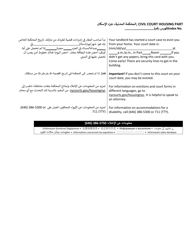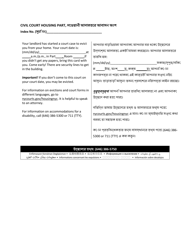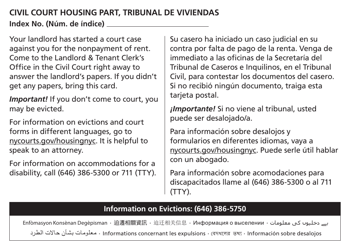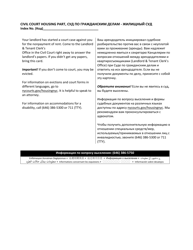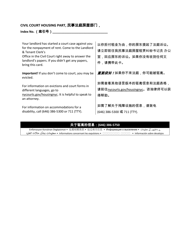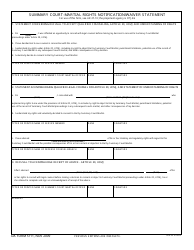Postcard Notification Summary Proceeding - Holdover - New York City (English / Chinese Simplified)
Postcard Notification Summary Proceeding - Holdover is a legal document that was released by the New York City Housing Court - a government authority operating within New York City.
FAQ
Q: What is the Postcard Notification Summary Proceeding?
A: The Postcard Notification Summary Proceeding is a legal process used for holdover cases in New York City.
Q: What is a holdover case?
A: A holdover case is a legal action initiated by a landlord to evict a tenant for reasons other thannonpayment of rent.
Q: What is the purpose of the Postcard Notification Summary Proceeding?
A: The purpose of this proceeding is to provide notice to the tenant and obtain a judgment of possession in favor of the landlord.
Q: Who can use the Postcard Notification Summary Proceeding?
A: Landlords in New York City can use this proceeding to evict tenants in holdover cases.
Q: Are there any specific requirements for the postcard notification?
A: Yes, the postcard notification must be written in English and Chinese Simplified, and it must contain specific information.
Q: What information should be included in the postcard notification?
A: The postcard must include the tenant's name, the address of the rental unit, and a brief description of the legal proceedings.
Q: What does the tenant need to do after receiving the postcard notification?
A: The tenant must respond to the postcard notification within a specific period, usually 10 days, or risk a default judgment in favor of the landlord.
Q: What happens if the tenant fails to respond to the postcard notification?
A: If the tenant fails to respond, the court may issue a judgment of possession in favor of the landlord, allowing them to proceed with the eviction process.
Q: Can the tenant challenge the postcard notification in court?
A: Yes, the tenant has the right to challenge the postcard notification in court if they believe it does not comply with the legal requirements.
Form Details:
- The latest edition currently provided by the New York City Housing Court;
- Ready to use and print;
- Easy to customize;
- Compatible with most PDF-viewing applications;
- Fill out the form in our online filing application.
Download a printable version of the form by clicking the link below or browse more documents and templates provided by the New York City Housing Court.
